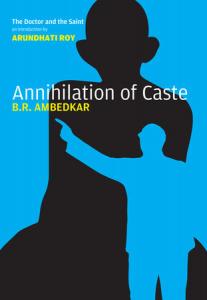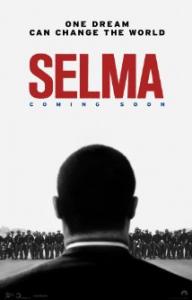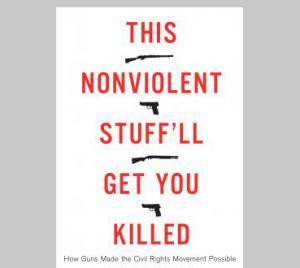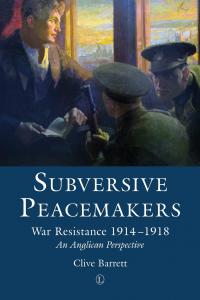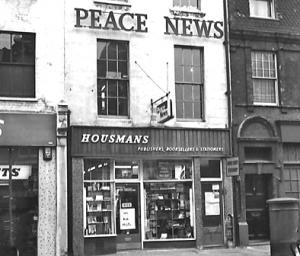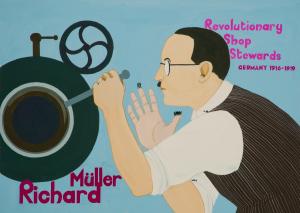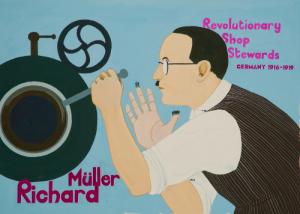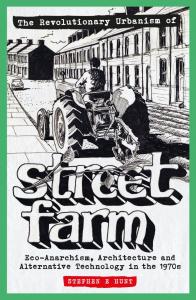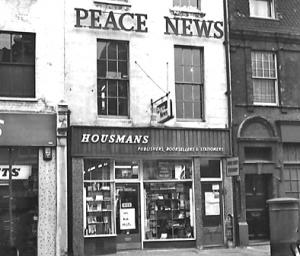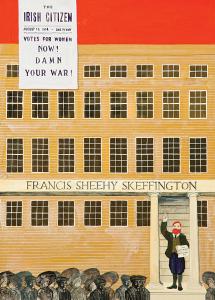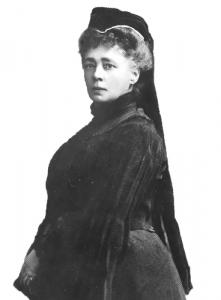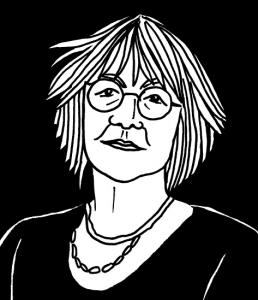In 1936, the Indian scholar BR Ambedkar was invited to give a speech to the Jat-Pat Todak Mandal (Forum for Break-up of Caste), a group of high-caste Hindus. The controversial speech was never delivered, and the conference was cancelled, but Ambedkar published the speech himself, together with the letters and records of the ensuing debate.
In her book-length introduction, ‘The Doctor and the Saint’, Arundhati Roy draws out the significance of this speech (‘Annihilation of Caste’)…
Activist history
Jody Williams spoke at the university of Winchester's Peace Jam event on 13 March. Peace Jam is a new programme launched by Winchester centre of religions for reconciliation and peace…
The poster for Selma, showing the head and shoulders of a solitary Black man facing a line of helmeted policemen, gives the wrong impression about this brilliant film. In fact, the film shows that Martin Luther King Jr (MLK) was enabled to achieve what he did because he worked with and through groups of fellow campaigners, using non-violent direct action (NVDA) to confront authorities in the Southern USA town. Black people were prevented from both registering to vote and voting…
In his recent book on the US civil rights movement, This Nonviolence Stuff’ll Get You Killed, Charles Cobb argues that ‘although nonviolence was crucial to the gains made by the freedom struggle of the 1950s and ’60s, those gains could not have been achieved without the complementary – and underappreciated – practice of armed self-defence’. Indeed, the willingness to use deadly force, Cobb asserts, ‘ensured the survival not only of countless brave men and women but also of the…
An Anglican priest, former chair of the Anglican Pacifist Fellowship and chair of the Peace Museum in Bradford, Clive Barrett is ideally placed to document Anglican resistance to the First World War.
I was hooked from the opening chapter which shows how militarism was embedded in the 39 ‘articles of religion’ to which all Anglican clergy must assent. Article 37 – ‘It is lawful for Christian Men, at the command of the magistrate, to wear weapons, and serve in wars’ – clarified…
Peace News faced difficulties – both practical and political – whilst trying to continue as a pacifist publication during the Second World War. Although there have been threats to the existence of the paper occasionally since then, such problems have never been as frequent as during that era:
Messrs WH Smith & Sons distribute 10,250 copies of Peace News every week and other wholesalers, between them, 12,200.
Sir Arnold Wilson [a well-known…
Emily Johns (Peace News co-editor) and Gabriel Carlyle (PN promotions worker) are ready to tour the UK, speaking about PN’s mammoth project ‘The World is My Country: A Visual Celebration of the People and Movements that Opposed the First World War’.
A year in the making, the 10 posters feature stories from a history of police raids and buried documents, feminist peace initiatives and clandestine printing presses, Maori princesses and striking German munitions workers.
…
‘Arming All Sides’ is an excellent new online First World War resource initiated by Campaign Against Arms Trade.
The website questions what role the arms trade played before, during and after the war, what opposition was mounted to the trade, and how the war affected what people thought about making and selling armaments. armingallsides.on-the-record.org.uk
Featuring a tractor ploughing up the tarmac road of a terraced street, the cover gives you the impression you’re opening a book for the next ‘back to the land’ generation. Not so.
Instead we are offered something far more encompassing: a comprehensive account of the revolutionary politics of Street Farm (SF), a collective founded by three British architect friends (Graham Caine, Peter Crump and Bruce Haggart) in the 1970s.
A visionary ensemble strongly…
I think of an issue: the state of the world, for example. I expect myself, and I am expected, as a man, to analyse rationally and objectively, to present solid arguments, to take decisive steps, and above all not to get emotional. Actually I’m totally ignorant and confused and feel like crying about the mess the world is in. I can’t admit that I don’t know; I can’t cry because I’m a man.
Because I’m a man, I cannot admit when I’m sad, hurt or humiliated. I cannot be joyful, or give…
A passionate feminist, the Irish pacifist Francis Sheehy-Skeffington viewed war and anti-feminism as ‘branches of the same tree – disregard of true life-values’. It is therefore unsurprising that, less than a fortnight after Britain’s declaration of war in 1914, the paper he edited, the Irish Citizen, produced a poster bearing the immortal slogan: ‘Votes for…
For nearly 20 years (1981-2000), the women of Greenham campaigned relentlessly against land-based Cruise missiles. They put their lives at risk for peace and Helen Thomas, a young Welsh peace activist from Newcastle Emlyn, was killed at Greenham Common in an accident on 5 August 1989.
When the base closed, the women planned a garden on the site of the nuclear nightmare. To honour Greenham’s strong Welsh connections, they decided to use pPennant sandstone from Wales for the…
Bertha von Suttner 1906. Photo: Carl Pietzner
She is hardly known in this country. Faces go blank when I mention her name. Even amongst friends in the peace movement. At the same time numerous schools, streets and public squares in Austria and Germany are named after her: Bertha von Suttner, who lived from 1843 to 1914. The commemoration of the outbreak of the First World War would give a distorted picture if we did not simultaneously remember the courageous stories of those who campaigned…
Housed in the Quaker Library in London’s Euston Road, is a remarkable document. Measuring about five inches square, created from sheets of lavatory paper and bound in hessian taken from a mailbag, it consists of 100 pages of articles, jokes, poems, and even a spoof children’s page. Dated 18 December 1918, it is an edition of the Winchester Whisperer, one of the many tiny newspapers produced by imprisoned conscientious objectors, right under the noses of their prison warders.
…


